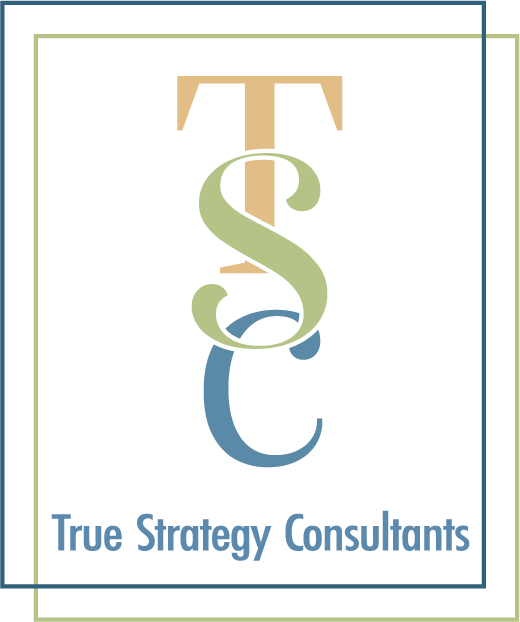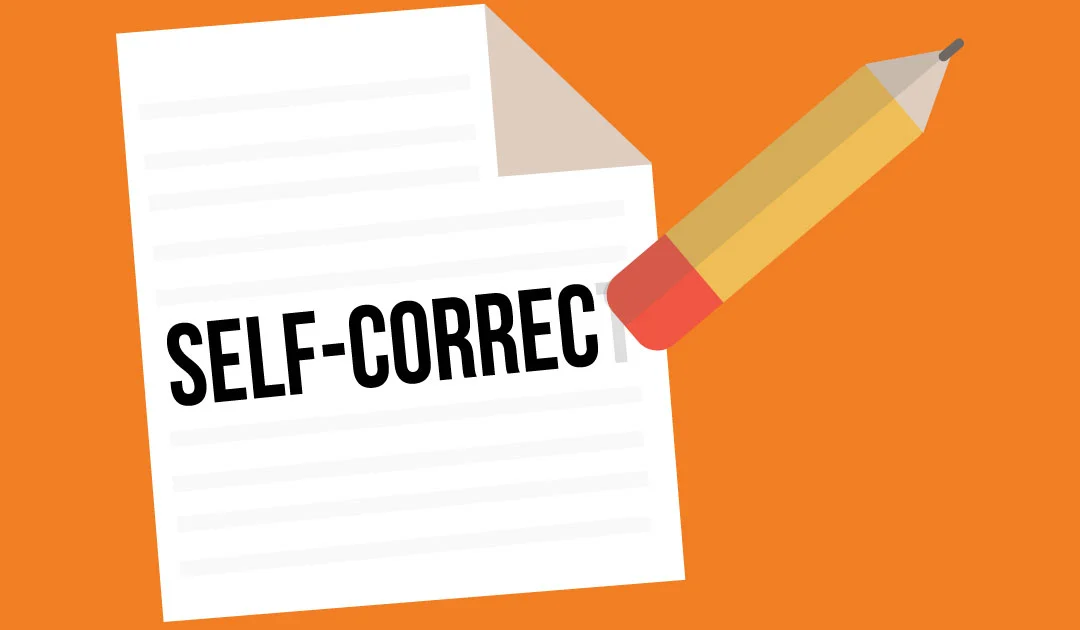My final post relating to Secure 2.0 is about the expansion of what can be self-corrected in retirement plans. What we are talking about when we talk about self-correction is things that happen in the day to day administration of a retirement plan. We all know that mistakes happen and that retirement plans continue to become complex so having a method for doing self-correction is always preferred.
In 2021, EPCRS was updated to allow for self-correction of “insignificant” operational failures in plans. There are many facts and circumstances to consider whether the failure was insignificant or significant including things like the amounts of the failure, how long the failure went on and how many participants were affected.
Secure 2.0 was expanded to now allow us to correct any “eligible inadvertent failure”. This type of failure is one that would occur even though procedures are in place to assure compliance with IRS guidelines. This type of failure does not include anything related to misuse of plan funds or to tax avoidance transactions.
So basically, in my mind, most of the things we come across now can be corrected under the Secure 2.0 act. If it is something that is not covered, I personally would refer it to an ERISA Attorney as there is probably way more involved that needs to be dealt with!
The other thing that is allowed is that typically we can correct things before the IRS has found them and is corrected in a reasonable amount of time. Some of the things that we could not previously correct under self-correction but now can include failures involving plan loans, plan document failures like a failure to timely adopt an amendment, and it could include eligibility types of failures.
A few things that plan sponsors should consider when it comes to self-correction is to work with an established and experienced TPA to help with these types of corrections so that they are done right. Nothing would be worse than to do what you consider a self-correction, have the IRS find out and then discover it has been done wrong. There are lots of great resources and information that tell us exactly how to make corrections and what those need to look like. Often corrections also include lost earnings calculations or additional contributions to bring the plan into compliance.
The final note is to make sure complete records are kept relating to the correction so that if it is ever questioned that you can prove what was done and all related calculations. Again, a good reason to use an experienced service provider to help you!







